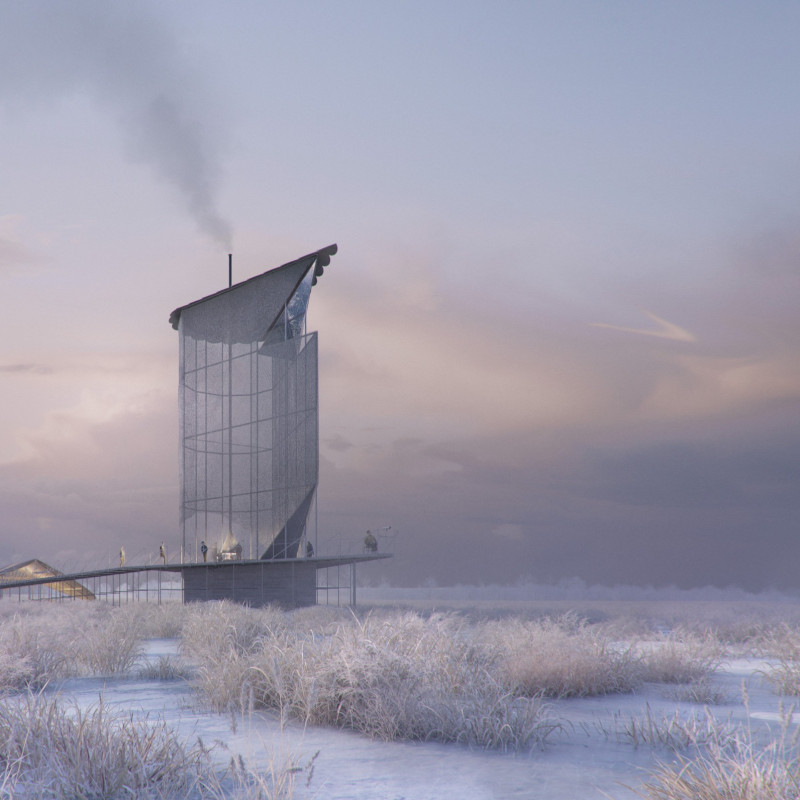5 key facts about this project
The design serves a dual purpose: it is not only a physical structure but also a space that fosters community interaction and enhances the quality of life for its occupants. The architectural layout is intuitively organized to facilitate seamless movement between various functional areas, promoting an atmosphere of connectivity. The spaces are designed to be flexible, accommodating a range of activities that cater to diverse user groups, thereby enhancing the functionality of the project.
A key feature of the design is its careful attention to materiality. The project utilizes a combination of sustainable materials that resonate with the local context and environmental ethos. Materials such as reinforced concrete provide structural integrity; glass elements invite natural light, creating bright and airy interiors; while wood accents add warmth and character. The use of natural stone not only strengthens the connection to the landscape but also enhances the textural diversity of the facades. This thoughtful material selection demonstrates a commitment to sustainability and durability, ensuring that the building will endure while also being aesthetically pleasing.
What sets this architectural design apart is its innovative approach to integrating indoor and outdoor spaces. Expansive terraces and green roofs create an unobtrusive dialogue with nature, allowing users to engage with the environment and experience the benefits of biophilic design. The incorporation of outdoor seating and communal areas encourages social interactions, reflecting a modern understanding of how built environments can impact community dynamics.
Moreover, the design takes into account the climatic conditions of the area, using passive design strategies to maximize energy efficiency. Features such as strategically placed overhangs reduce heat gain while allowing for the penetration of natural light, thus optimizing the building’s performance. This focus on sustainability extends to the incorporation of green technologies, which not only enhance the project's environmental credentials but also lower operational costs over time.
The architectural details manifest a meticulous attention to craftsmanship, where every element is conceived to serve both a functional and aesthetic purpose. From the carefully framed views to the placement of windows that invite the outside in, the design fosters a sense of tranquility and well-being. Additionally, unique design solutions, such as custom-built furniture integrated within the architecture, demonstrate innovation in creating spaces that are both practical and visually interconnected.
The project's unique design approaches are underscored by a dedication to user experience. The layout and design intent create an inviting atmosphere that encourages occupants to make the space their own. Elements such as multi-purpose rooms and flexible furniture arrangements allow for adaptability, catering to the evolving needs of its users over time.
As the architectural project unfolds, it becomes evident that every choice, from the broader structural concepts to the finer details of material application, reflects a deep understanding of contemporary architectural practices and community needs. The design not only meets its intended purpose but also elevates the architectural discourse within its setting, paving the way for future developments in the area.
To truly appreciate the depth and nuance of this architectural endeavor, interested readers are encouraged to explore the project presentation, which offers further insights into the architectural plans, sections, designs, and innovative ideas that inform this significant project. Through this exploration, one can gain a fuller understanding of how thoughtful architecture can positively influence both individual and communal experiences.


























